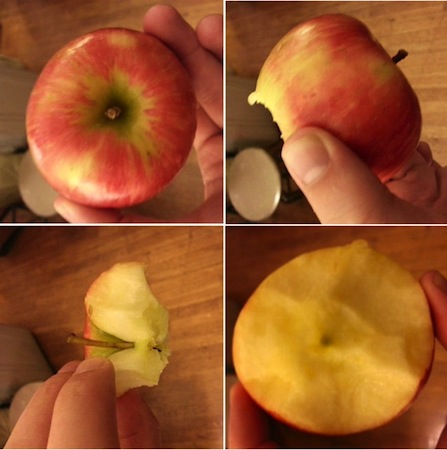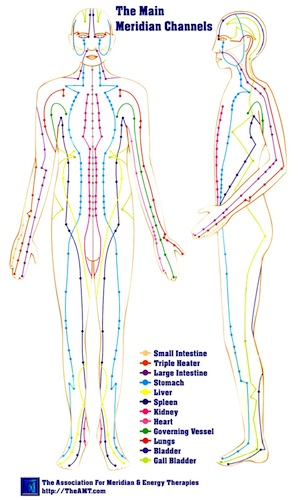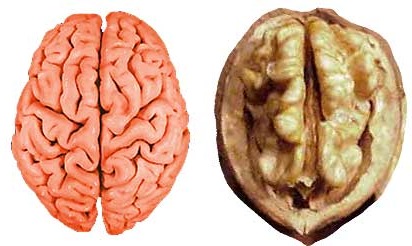
Image from "Apple Cores Are a Myth" on www.theatlantic.com
One of my favorite things about yoga class is when the instructor, Iva, talks about how the various poses transform the inside of the body. In butterfly pose, she tells you about the rejuvenation of your spleen, kidney, and stomach meridians (i.e. channels of energy that run through the body according to Ayurveda). When you find yourself in a handstand, and it feels for a few seconds like floating, it’s probably because it’s one of the only times your organs get to hang upside down and all the blood in your body can recirculate. Twisting, as many a hungover yogi will know, detoxifies your body and wrings out your organs. Yoga instructors say these same things over and over, and after practicing for awhile, it’s hard not to believe them.
Whether or not any of these phenomena are true matters little. By moving in a certain way, and focusing your attention on imagining vitality and energy infiltrating your insides, you transform the way you feel; coming out of the posture is all the proof you need. You feel rejuvenated, refreshed. You notice that everything seems to work better. It could be due to the exercise, the endorphins, the accelerated heartrate. Or, as I opine, it could be the simple fact that you pictured the inside of your body growing more vital, more energized. And that mental visual is all it takes.

Image from The Association for Meridian & Energy Therapies
I learned something new this week and I’d like to share it with you all. You. Can. Eat. The. Whole. Apple. Core, seeds, and all. Thanks to the new Lowest-Common-Denominator appeal of The Atlantic, this is is a major discovery that will help you feel less wasteful, more satisfied, and really smart around your friends. Not only that, if you eat an apple this way—from the bottom up—you’ll also see that the core itself isn’t the chewed on stub you’re usually left without a garbage can for. Actually, it’s a lovely little green star.
Back in the time when people were still trying to figure out what to eat and why (which is eerily exactly like, uh, today), some Euro-Christian thinkers determined that foods often resemble the part of the body they serve. They called it the Doctrine of Signatures and blames it on their god’s (annoying) perfectionism. So, walnuts look like brains. And because of their omega-3 fatty acids, they’re brain boosters (plus, did you know they’re natural antidepressants?). Celery and rhubarb look like bones and help to strengthen your skeletal system. Have I blown your mind yet? How about sweet potatoes and the pancreas, tomatoes and the heart, mushrooms and ears, and of course, the eye that appears when you cut into a carrot? Grapefruits and oranges are supposed to look like breasts. Just check this handy chart (published in Time magazine in 2003, so take that with a grain of salt). The apple star is a bit more mysterious. But everyone knows that apples are all-around good for you, right?

Image via www.quora.com
To tie these several ramblings together: cultures as disparate as Eastern medicine and Christian theology suggest that visualizing how the foods we eat and the way we move benefits our interior body can actually benefit the body. Whoa! You’re welcome for the apple thing. You’re gonna be the queen of the lunch room.
*None of this is based on actual science, at least not in my version (in fact, most scientists say the Doctrine of Signatures is best used as a mnemonic device), but I say who needs science when you have your imagination?



Recent comments
2 years 29 weeks ago
2 years 44 weeks ago
2 years 44 weeks ago
2 years 50 weeks ago
3 years 4 weeks ago
3 years 4 weeks ago
3 years 4 weeks ago
3 years 6 weeks ago
3 years 6 weeks ago
3 years 6 weeks ago